The Aviation Cyber Security Market is currently characterized by a dynamic competitive landscape, driven by increasing threats to aviation infrastructure and the growing need for robust security measures. Key players such as Northrop Grumman (US), Raytheon Technologies (US), and Thales Group (FR) are strategically positioned to leverage their technological expertise and extensive experience in defense and aerospace sectors. These companies are focusing on innovation and partnerships to enhance their cybersecurity offerings, thereby shaping a competitive environment that emphasizes advanced threat detection and response capabilities.
In terms of business tactics, companies are increasingly localizing manufacturing and optimizing supply chains to enhance responsiveness to market demands. The market appears moderately fragmented, with several key players exerting considerable influence. This structure allows for a diverse range of solutions, catering to various segments within the aviation sector, while also fostering competition that drives technological advancements.
In November 2025, Northrop Grumman (US) announced a strategic partnership with a leading cloud service provider to enhance its cybersecurity solutions for aviation clients. This collaboration aims to integrate advanced AI-driven analytics into their existing systems, thereby improving threat detection and response times. The significance of this move lies in Northrop Grumman's commitment to staying at the forefront of technological innovation, which is crucial in an industry where cyber threats are evolving rapidly.
In October 2025, Raytheon Technologies (US) unveiled a new suite of cybersecurity tools specifically designed for commercial aviation. This launch is indicative of the company's strategy to expand its footprint in the civil aviation sector, which has been increasingly targeted by cybercriminals. By addressing the unique challenges faced by commercial airlines, Raytheon Technologies positions itself as a leader in providing tailored cybersecurity solutions, potentially enhancing its market share.
In September 2025, Thales Group (FR) secured a multi-million € contract to provide cybersecurity solutions for a major European airline. This contract not only underscores Thales's operational focus on expanding its presence in the European market but also highlights the growing recognition of the importance of cybersecurity in aviation. The strategic importance of this contract lies in its potential to establish Thales as a trusted partner in the aviation sector, thereby enhancing its competitive positioning.
As of December 2025, current trends in the Aviation Cyber Security Market are heavily influenced by digitalization, sustainability, and the integration of AI technologies. Strategic alliances are becoming increasingly vital, as companies recognize the need to collaborate to address complex cybersecurity challenges. Looking ahead, competitive differentiation is likely to evolve, with a shift from price-based competition to a focus on innovation, technological advancements, and supply chain reliability. This transition suggests that companies that prioritize these aspects will be better positioned to thrive in an increasingly competitive landscape.
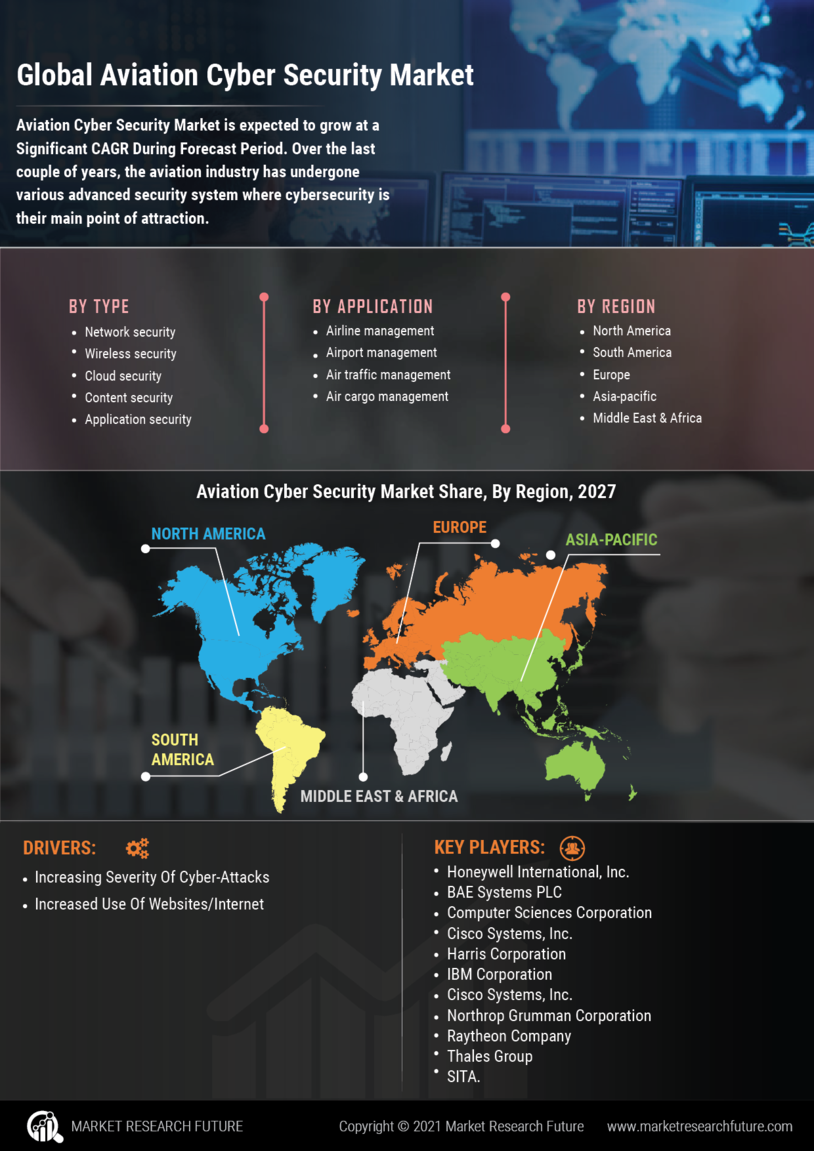

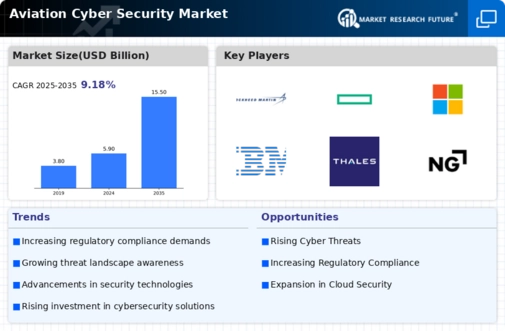

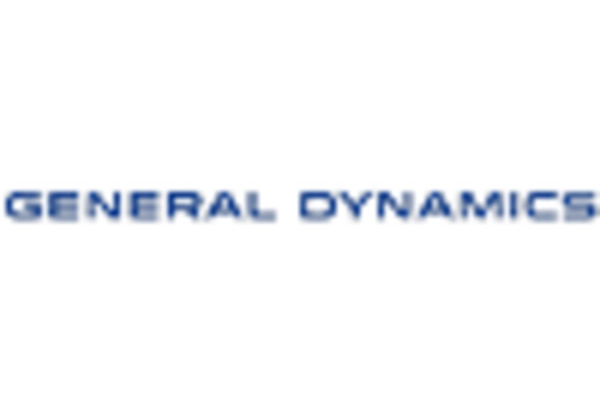
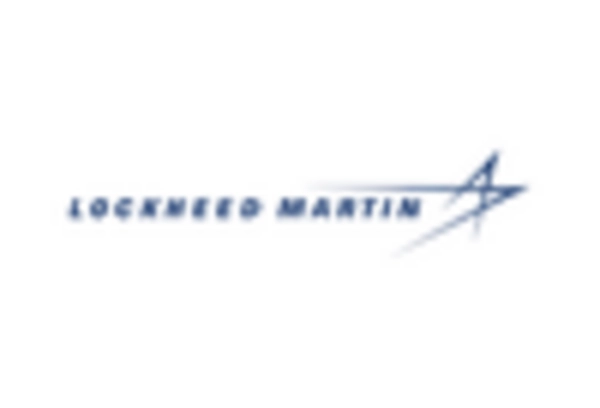

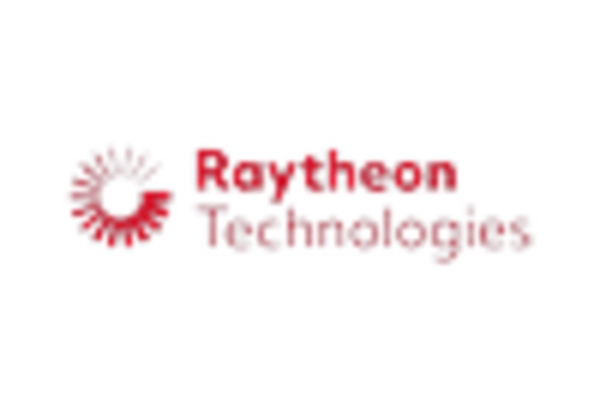
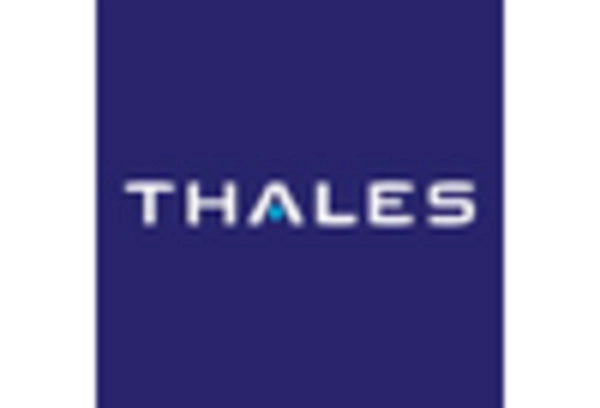








Leave a Comment